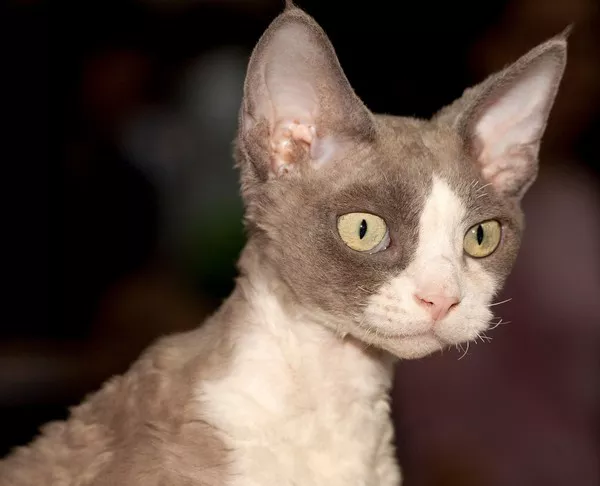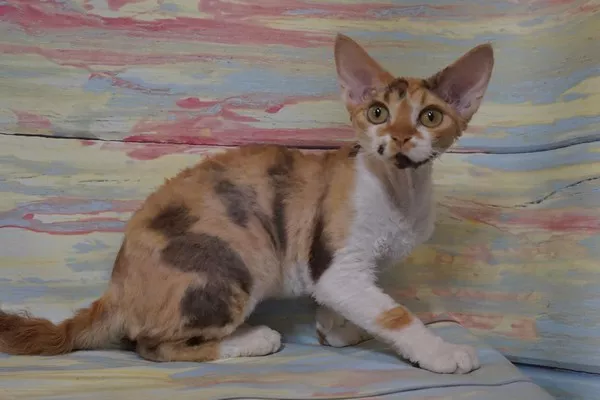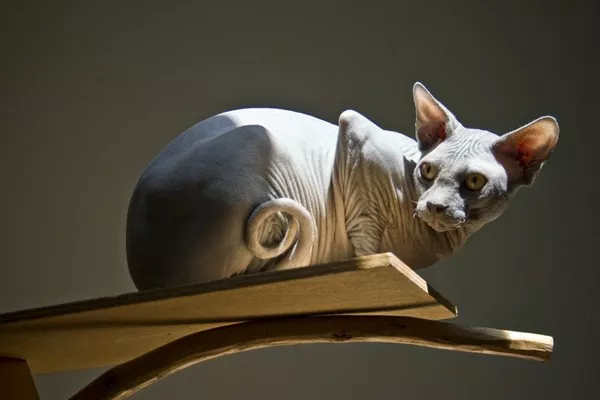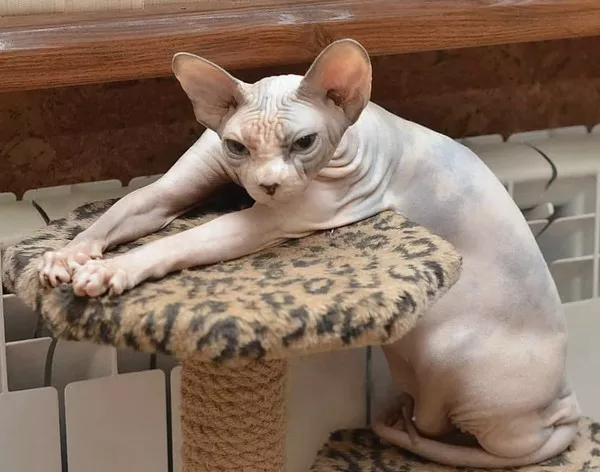Devon Rex cats are known for their unique appearance, characterized by large ears, short curly fur, and striking eyes. Among the questions that often arise among owners and enthusiasts of this breed is: when do Devon Rex cats stop changing color? In this article, we delve into the fascinating world of Devon Rex genetics and development to explore the timeline and factors that influence color changes in these captivating felines.
The Charm of Devon Rex Cats: A Unique Breed
Before diving into the specifics of color changes in Devon Rex cats, it’s essential to appreciate the charm and appeal of this distinctive breed. Devon Rex cats are beloved for their playful personalities, affectionate nature, and quirky appearance. Originating from England in the 1960s, the breed quickly gained popularity for its endearing traits and striking appearance, making it a favorite among cat lovers worldwide.
The Genetics of Color: Understanding Coat Development
The coloration of a cat’s coat is determined by genetics, with various factors influencing the pigmentation and patterns that develop over time. In the case of Devon Rex cats, understanding the genetics of coat color can provide valuable insights into when color changes are likely to occur and how they may evolve as the cat matures.
Genetic Inheritance:
Coat color in Devon Rex cats is inherited from their parents, with certain genes determining the pigmentation and patterns that manifest in the offspring. These genes interact in complex ways, resulting in a wide range of colors and patterns observed in the breed. Understanding the genetic inheritance of coat color is essential for predicting how color changes may unfold as a Devon Rex cat grows and develops.
Developmental Stages:
Like all cats, Devon Rex kittens undergo various developmental stages as they mature from infancy to adulthood. During these stages, their coat color may undergo subtle or dramatic changes, influenced by factors such as hormonal fluctuations, environmental conditions, and genetic predispositions. Observing the progression of color changes throughout these developmental stages can provide valuable insights into the timeline and patterns of coat development in Devon Rex cats.
Environmental Factors:
While genetics play a significant role in determining coat color, environmental factors can also influence how colors manifest and change over time. Factors such as sunlight exposure, diet, grooming habits, and overall health can impact the vibrancy and intensity of a cat’s coat color, contributing to variations in appearance observed among Devon Rex cats.
Timeline of Color Changes: From Kittenhood to Adulthood
Now that we have a foundational understanding of the genetics and development of coat color in Devon Rex cats, let’s explore the timeline of color changes observed in these felines as they transition from kittenhood to adulthood:
Kittenhood:
In the early stages of kittenhood, Devon Rex cats may exhibit a range of colors and patterns in their coat, influenced by genetic inheritance and developmental factors. Kittens are known for their playful and inquisitive nature, and their coat colors may appear more muted or subdued compared to adult cats. During this stage, color changes may be subtle as the kitten’s coat develops and matures.
Adolescence:
As Devon Rex kittens enter adolescence, typically around six to nine months of age, their coat color may undergo more noticeable changes as they continue to grow and develop. Hormonal fluctuations and genetic factors contribute to the intensification or alteration of coat colors, resulting in variations in appearance observed among individuals. It is during this stage that owners may notice significant shifts in their cat’s coat color as they approach adulthood.
Adulthood:
By the time a Devon Rex cat reaches adulthood, typically around one to two years of age, their coat color has generally stabilized, and most color changes have ceased. While subtle variations in color and pattern may still occur over time, the overall appearance of the cat’s coat remains relatively consistent. Adult Devon Rex cats showcase the full beauty and vibrancy of their unique coat colors, reflecting their genetic heritage and individual characteristics.
Factors Influencing Color Changes: Nature vs. Nurture
While genetics play a significant role in determining coat color in Devon Rex cats, various factors can influence how colors manifest and evolve over time. Let’s explore some of the key factors that contribute to color changes in these felines:
Genetic Predisposition:
The genetic makeup of a Devon Rex cat plays a central role in determining its coat color and patterns. Genes inherited from the cat’s parents influence the expression of pigmentation and melanin production, resulting in a wide range of colors observed in the breed. Understanding the genetic predispositions of individual cats can provide insights into the potential color changes they may undergo as they mature.
Hormonal Fluctuations:
Hormonal fluctuations, particularly during adolescence and reproductive cycles, can impact the intensity and distribution of pigmentation in a cat’s coat. Changes in hormone levels can influence melanocyte activity, leading to alterations in coat color and patterns. Owners may observe fluctuations in their cat’s coat color during periods of hormonal changes, such as puberty or pregnancy, as the cat’s body adjusts to shifting hormone levels.
Environmental Factors:
Environmental factors, such as sunlight exposure, diet, grooming habits, and overall health, can also influence coat color in Devon Rex cats. Sunlight exposure, for example, can cause fading or bleaching of coat colors over time, while a balanced diet rich in essential nutrients can promote healthy coat development and vibrant colors. Additionally, regular grooming practices can help maintain the integrity and appearance of a cat’s coat, ensuring that colors remain vibrant and lustrous.
Conclusion: Celebrating the Beauty of Devon Rex Cats
As we conclude our exploration of when Devon Rex cats stop changing color, it becomes evident that the journey of coat development is a dynamic and multifaceted process influenced by genetics, development, and environmental factors. From the playful antics of kittenhood to the vibrant colors of adulthood, Devon Rex cats captivate and enchant with their unique appearance and endearing personalities.
By understanding the genetic inheritance, developmental stages, and environmental influences that contribute to coat color changes in Devon Rex cats, owners can gain a deeper appreciation for the beauty and complexity of these beloved felines. Whether admiring the subtle shifts in color during kittenhood or marveling at the vibrancy of an adult cat’s coat, the journey of coat development is a testament to the genetic diversity and individuality of the Devon Rex breed.
As owners cherish the companionship and affection of their Devon Rex cats, they can take pride in knowing that each coat color change is a reflection of their cat’s unique genetic heritage and personality. By providing a loving and nurturing environment, owners can support their cat’s healthy development and ensure that they continue to thrive and bring joy for years to come.



























